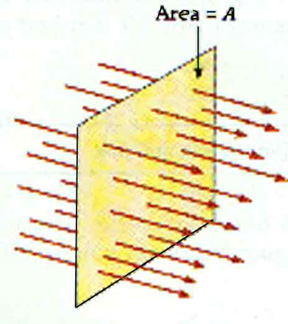

From my travels, I have come to believe that this is the most popular type of field oriented control. All we are doing is rotor flux referenced field oriented control. in case of salient pole, or synchronous motor with dampers. this, however, is a very very short expression of the whole. you stated that instaSPIN-FOC calculates the torque as : rotor_flux*Iq. you state that you need the ampltude for the torque, but if it's constant.Ģ. why trying to estimate the rotor flux linkage, since it is constant. this is the most understandable explanation, as I see it.įurthermore, what I fail to understand is :ġ. I would appreicate if you can post such a diagram, specifying the angles, vectors etc.

I understand you are talking about the rotor flux linkage reference frame.a little bit confusing.Ī phasor diagram here will solve the question, I think. Then, from the equation -> d-axis stator flux = rotor flux linkage + stator inductance * d-axis stator current

From your first paragraph, I was sure that you're using the air-gap flux linkage reference frame. Then you can use rectangular to polar conversion to find the angle of the stator flux w.r.t. From this you can calculate the d and q axis values of stator flux. The FAST portion of InstaSPIN-FOC determines the real-time values of the d and q axis stator currents. The MotorID portion of InstaSPIN-FOC measures the stator inductance and the rotor flux linkage. Q-axis stator flux = stator inductance * q-axis stator current. Using the equation above, we can calculate the d-axis stator flux. Having said that, the answer to your question is "yes". With regard to your second question, please be mindful that the stator current mmf vector is NOT the same as the stator flux vector. This is how InstaSPIN-FOC calculates torque, and is one of the reasons why we need to accurately determine the amplitude of the rotor flux linkage. More importantly, the motor torque can be calculated by simply multiplying the rotor flux linkage times the q-axis stator current times the number of rotor poles/2. In fact, the rotor flux linkage plays a large part in determining the d-axis stator flux, as seen from the equation below:ĭ-axis stator flux = rotor flux linkage + stator inductance * d-axis stator current. This is called the rotor flux linkage, which is usually denoted by the symbol l fd. When we say "rotor flux", we are really talking about the portion of the rotor flux that jumps the airgap and interacts with the stator. With InstaSPIN-FOC (as with most FOC algorithms), we are not really concerned with the true rotor flux, since the part of the flux from the magnets that doesn't link to the stator is irrelevant since it doesn't produce any voltage or torque. This is called the rotor flux axis, and this is what we usually line up the d-axis with. But at what angle is it attached to the rotor? In most cases, it is attached at the angle where the north pole of the rotor magnet is pointing to. I see that you are familiar with the PMSM stator voltage equations for a system where the d-q frame is attached to the rotor. On a PMSM, the rotor flux is simply a measure of the flux density (i.e., magnet strength) of the magnets attached to the rotor while it is inserted in the stator frame.


 0 kommentar(er)
0 kommentar(er)
